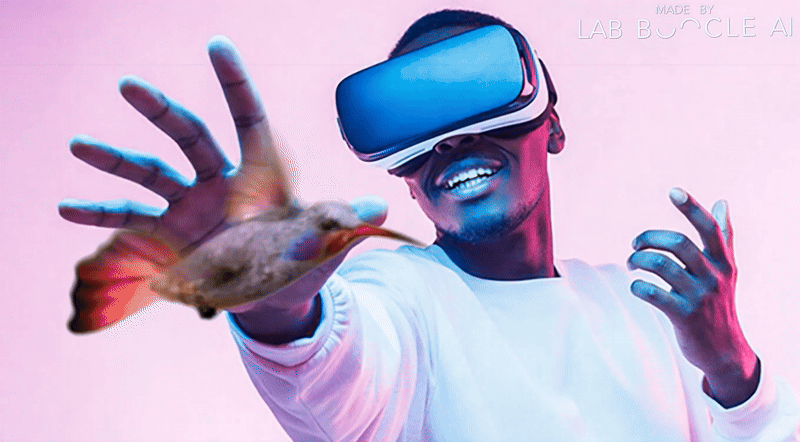Ah, my dear Monday adventurers, let us dive together into a tale where chance and necessity have arranged a meeting. Imagine, for a moment, that magical instant when two worlds collide: that of a filmmaker and that of a scientist. Yes, the pursuit of perfection, that is our story today.
Christopher Nolan, a visionary of cinema, sought to embrace scientific authenticity for his work Interstellar. To achieve this, he called upon the expertise of an illustrious physicist, Kip Thorne, master of gravitation. What a task, my friends! To represent a black hole, that cosmic monster, on screen.
Thorne’s mission? To guide the magicians of visual effects in weaving believable representations of complex astronomical phenomena. These cosmic entities, though familiar in theory, had never been accurately visualized in cinema. For you see, a black hole, though optically invisible, is not really a hole, nor even black.
The key lay in how to depict the gravitational effects a black hole imposes on its surroundings. As research so elegantly states, one does not see the black hole itself, but the distortions it creates around it.
At the center of this cosmic enigma stands the event horizon, an invisible boundary where even light cannot escape. Nolan and Thorne made it almost tangible, a silent threshold where reality wavers. To capture its full complexity, Thorne joined forces with Double negative limited, virtuosos of visual effects. Together, they developed software capable of accurately modeling the way light bends around this gravitational abyss.
The challenge was colossal. They had to manipulate the equations of general relativity, trace the paths of light for every pixel on the screen. After a year of tireless effort, the result appeared on screen: a black hole encircled by a glowing halo, revealing the photons caught by its gravitational field.
This visual journey was not only a cinematic feat but also a scientific adventure that revealed previously unseen phenomena. Surprising discoveries emerged, turning an artistic project into a cornerstone for new scientific understanding.
And so, my friends, here is the proof that when the stars of two worlds as distinct as cinema and science align, the fruit of their encounter can illuminate paths yet unexplored. A beautiful example of serendipity, wouldn't you say?
The TEDxSaclay ticket office is open for the conference on June 28, 2025, at Châteauform'.




























































































































































